The interplay between real-space topological lattice defects and reciprocal-space band topology has given rise to many novel topological phenomena and promising applications, such as cavities, lasers, waveguides, fibers, and three-dimensional (3D) photonic topological insulators in synthetic dimensions. In particular, topological Dirac-vortex modes bound to a vortex defect in Kekulé-distorted lattices—which are Jackiw-Rossi zero modes originating from the Dirac equation with mass vortices—have attracted widespread attention in many areas ranging from high-energy physics, condensed-matter physics, and topological physics due to their unique properties, including scalable mode areas, arbitrary mode degeneracies, vector-beam emission, and large free spectral range.
To date, most studies on topological Dirac-vortex modes have been limited to two-dimensional (2D) systems that support zero-dimensional (0D) localized modes (Figure 1a). Although one-dimensional (1D) vortex-string chiral modes bound to and propagating along a Dirac-vortex line defect and 0D monopole topological modes localized in a 3D Dirac-vortex volume defect have been experimentally demonstrated in 3D acoustic crystals, these efforts have extended topological Dirac-vortex modes from 2D to 3D acoustic systems. However, it is still an open question whether topological Dirac-vortex modes can be realized in 3D topological photonic structures (even in theory) due to the vectorial nature of electromagnetic waves in 3D space.
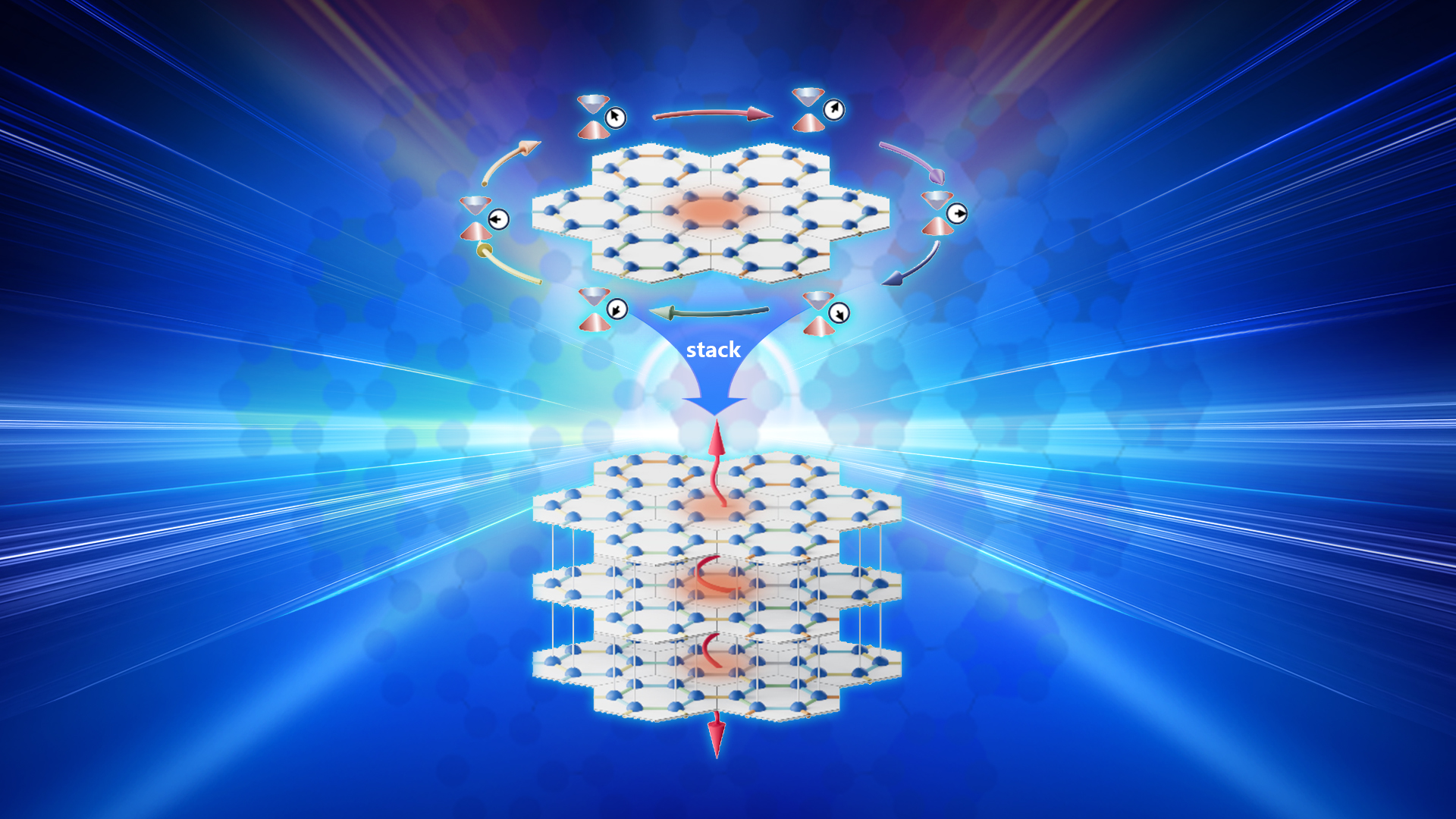
Associate Professor Zhen Gao’s group from the Department of Electronic and Electrical Engineering at the Southern University of Science and Technology (SUSTech) has recently reported, for the first time, the observation of 1D topological Dirac-vortex transport modes in a 3D photonic topological insulator.
Their paper, entitled “Topological Dirac-vortex modes in a three-dimensional photonic topological insulator,” has been published in Nature Communications.
To extend topological Dirac-vortex modes from 2D to 3D photonic systems, the group introduced Kekulé distortion into a 3D tight-binding-like metal-cage photonic crystal (Figures 2a-2b). Each dielectric rod was embedded with three metallic rods to confine Mie resonances, effectively simplifying the complex vectorial electromagnetic waves in 3D photonic crystals into scalar-wave-like modes. This design enabled the creation of chiral-symmetric photonic band structures (Figure 2c) that ideally match those of the tight-binding models with nearest-neighbor couplings (Figure 1d).
By applying a position-dependent, aperiodic Kekulé distortion to the 3D tight-binding-like metal-cage photonic crystals, the researchers introduced a position-dependent mass term (Figure 2e). This distortion resulted in the emergence of 1D topological Dirac-vortex transport modes—represented by red lines—in the bulk band gap (Figure 2f). These modes are confined to the 1D Dirac-vortex line defects and propagate bidirectionally along them (Figures 2g-2h).
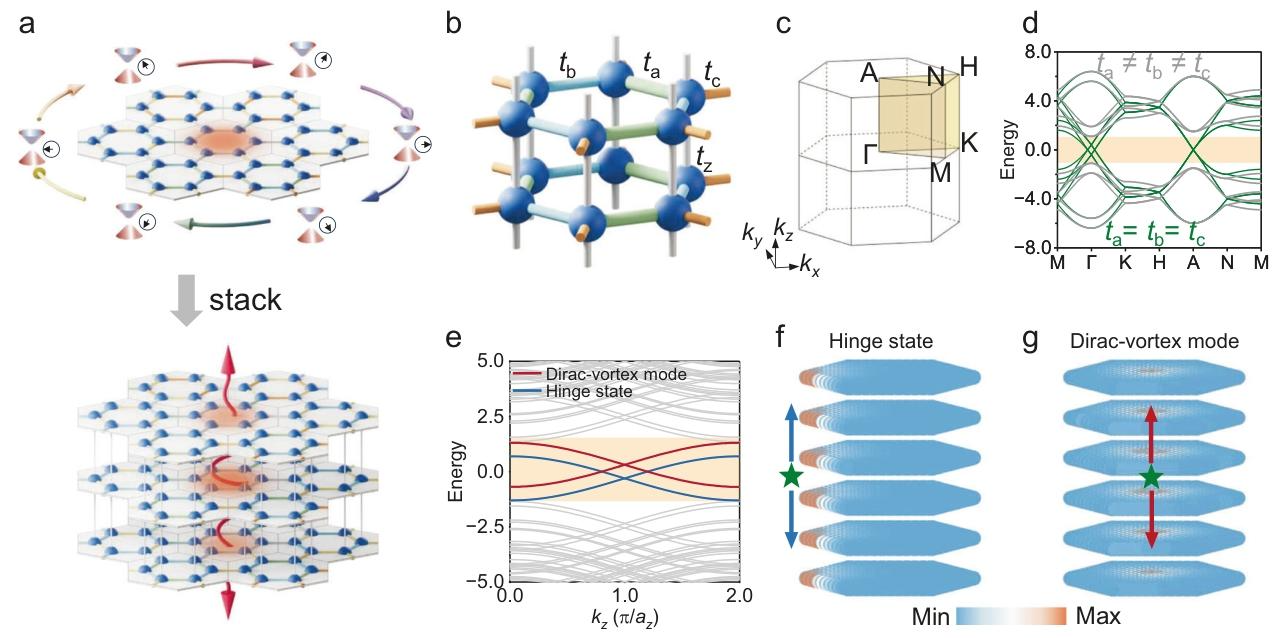
Figure 1. Topological Dirac-vortex modes in a 3D Kekulé-distorted honeycomb lattice
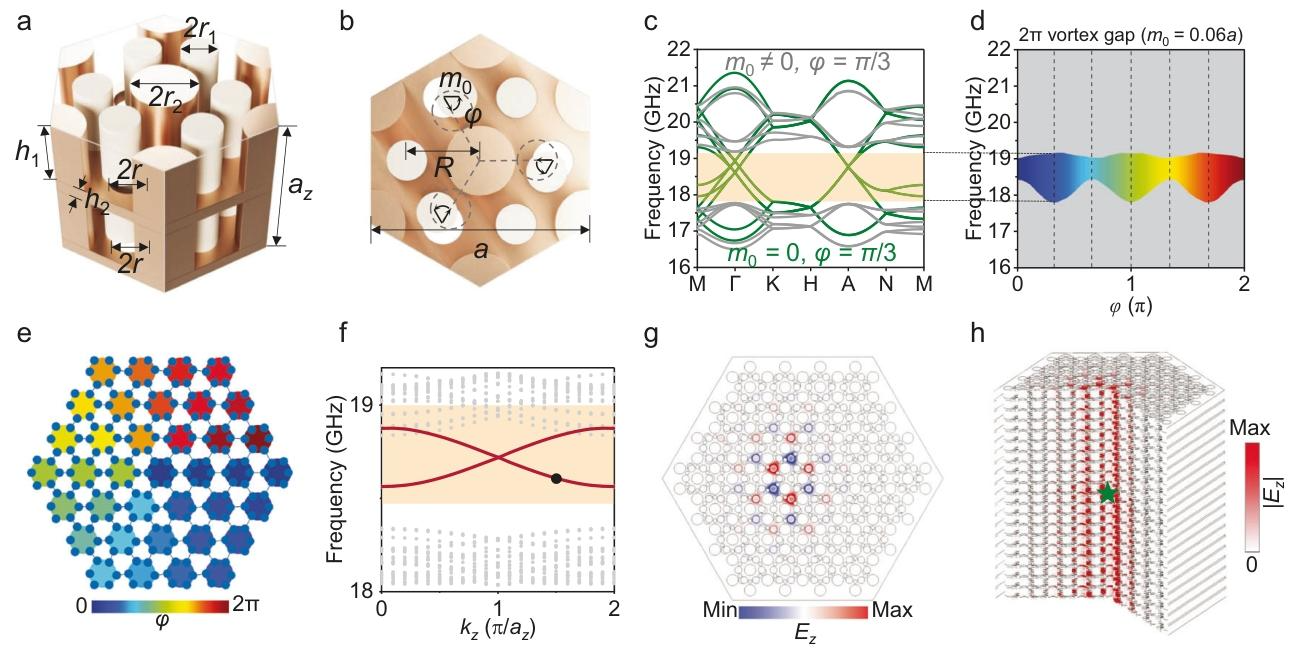
Figure 2. Topological Dirac-vortex modes in a 3D photonic topological insulator
Using microwave near-field imaging measurements, the group directly observed the topological Dirac-vortex modes bound to and propagating along the 1D Dirac-vortex line defect in the 3D photonic topological insulator (Figure 3). Furthermore, they experimentally demonstrated that these photonic topological Dirac-vortex modes exhibit strong robustness against various defects and obstacles (Figure 4), making such modes well-suited for robust electromagnetic wave manipulation in 3D space.
This work not only experimentally extends photonic topological Dirac-vortex states from 2D to 3D for the first time, but also provides an ideal platform for exploring novel physical phenomena and practical applications induced by topological lattice defects in 3D topological photonic crystals.
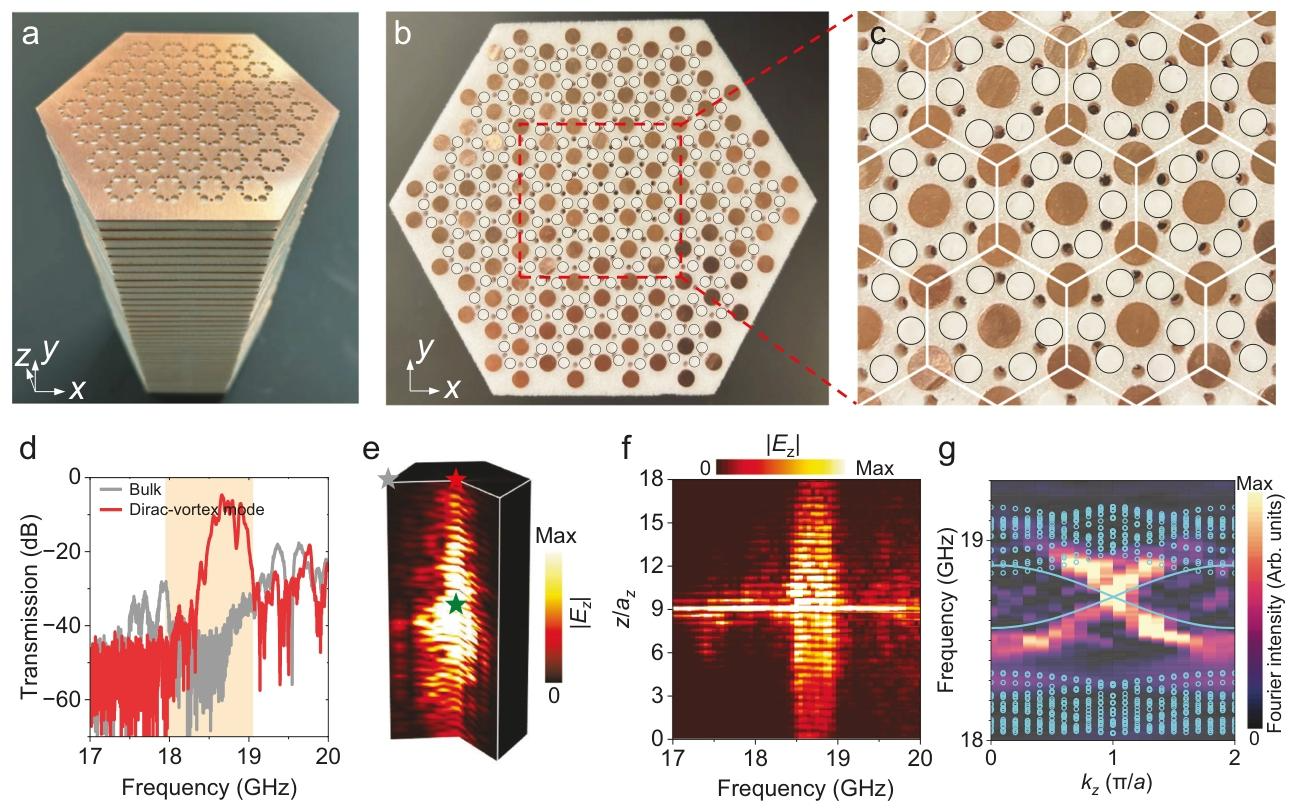
Figure 3. Experimental observation of topological Dirac-vortex modes in a 3D photonic topological insulator
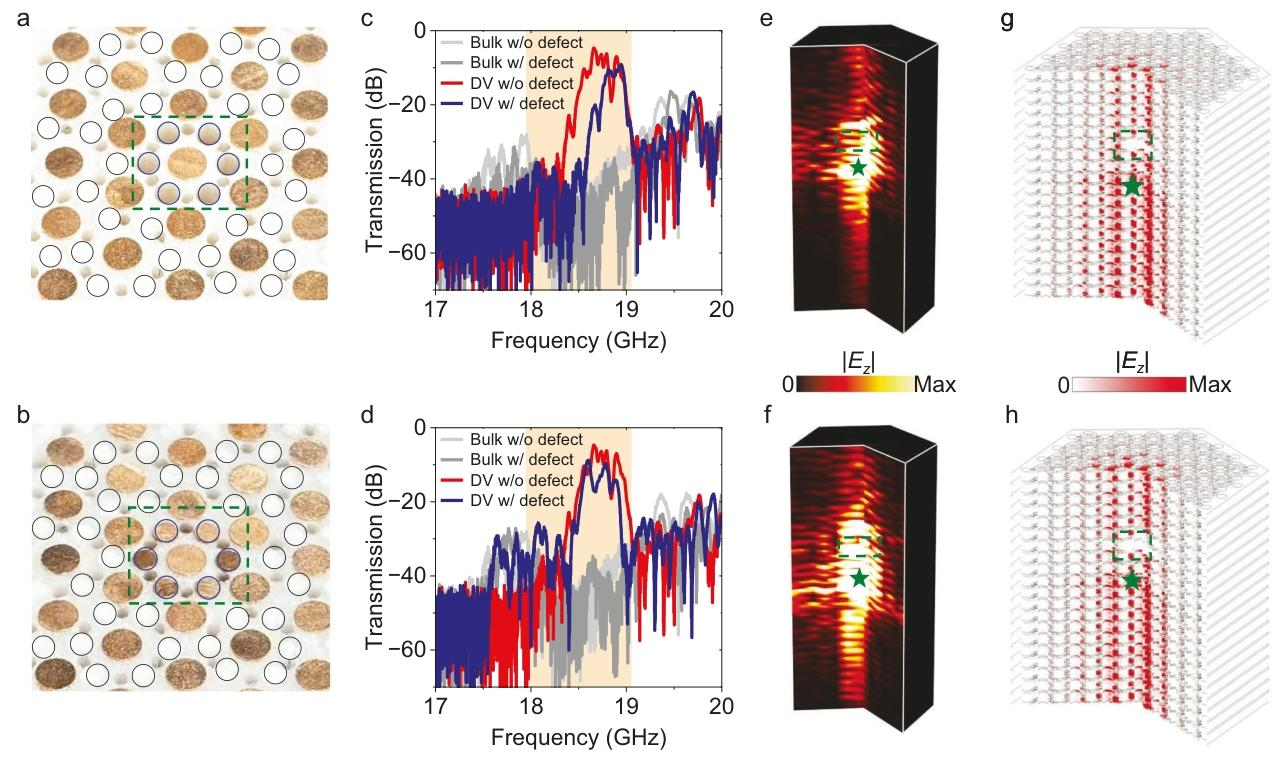
Figure 4. Robustness of photonic topological Dirac-vortex modes
Postdoctoral fellow Bei Yan, Ph.D. student Yingfeng Qi, and postgraduate student Ziyao Wang, all from SUSTech, are the co-first authors of the paper. Associate Professor Zhen Gao and Associate Professor Xiang Xi from Dongguan University of Technology are the co-corresponding authors. SUSTech is the first affiliated institution.
Paper link: https://www.nature.com/articles/s41467-025-61238-7
To read all stories about SUSTech science, subscribe to the monthly SUSTech Newsletter.
Proofread ByAdrian Cremin, Yuwen ZENG
Photo ByDepartment of Electronic and Electrical Engineering